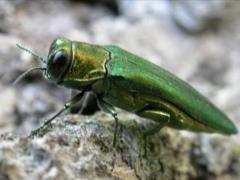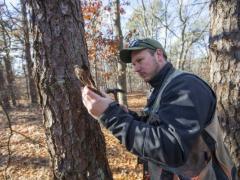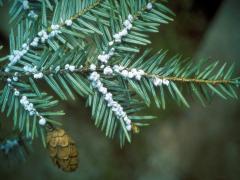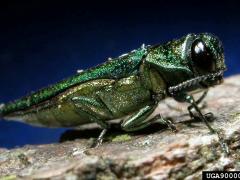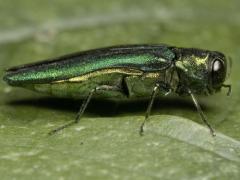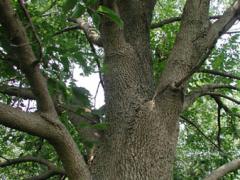Parasitic Asian wasps: Coming soon to combat invasive tree-eating beetles?
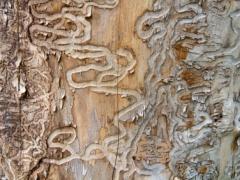
The U.S. Department of Agriculture is seeking approval for the intentional release of an Asian species of parasitic wasp in order to combat the spread of an invasive beetle wreaking havoc on North American ash trees.
